A winner of a recipe. Should be, since it’s the culmination of kitchen magic by the chefs at America’s Test Kitchen. I’ve made almond cake before (there are two on my blog archives already) but no almond cake I’ve ever tasted has been so tender, and so full of almond flavor as this one. Does that get you interested?
Saying I’m a fan of America’s Test Kitchen is certainly a true statement. I don’t think there has ever been a recipe I’ve tried from their books or the TV show that hasn’t been wonderful. It had been a week before that I watched the program for this cake and knew I’d be making it. I needed a dessert to serve to one of my bible study groups that was meeting here at my house. We happen to be studying Romans, Paul’s letter to the people of Rome, cautioning them about their behavior. Maybe if they’d had some of this cake, they might have listened better!
This cake was really very easy to make, although there are a few steps to it – it’s not a slap-dash kind of cake. You do have to toast the almonds and you make a couple of different bowls of things before it all comes together – but it all gets mixed in the food processor at the end, it’s poured into a greased (and parchment lined) round cake pan and it bakes. The topping (almonds, sugar and lemon zest) are added after pouring the batter into the pan and there’s nothing else to it. The cake has nearly 2 cups of almonds in it, so it’s not the cheapest cake to make these days, what with the cost of almonds rising by the day. The eggs (4 of them) certainly must help with the light texture – and you do whiz them up until they’re light before mixing up the rest of it.
 Getting the cake out of the pan was a bit of a challenge – I had buttered the pan (which was nonstick, by the way) AND used parchment, but it took a bit of doing to kind of un-stick the bottom corners from the pan – where the parchment met the sides – but it all came out beautifully once I gently pried all around the interior edges with my plastic spreader. It stayed together as I up-ended it onto my outstretched palm and arm and onto the cake plate it went (this, all when it was cooled).
Getting the cake out of the pan was a bit of a challenge – I had buttered the pan (which was nonstick, by the way) AND used parchment, but it took a bit of doing to kind of un-stick the bottom corners from the pan – where the parchment met the sides – but it all came out beautifully once I gently pried all around the interior edges with my plastic spreader. It stayed together as I up-ended it onto my outstretched palm and arm and onto the cake plate it went (this, all when it was cooled).
They didn’t suggest serving it with anything, but I thought a bit of whipped cream with some almond extract in it was appropriate, and it certainly added to the intense almond flavor, but the cake, all by itself, is intensely almond-y already.
What’s GOOD: this will be the last almond cake recipe I’ll ever need to try. It’s THAT good. I loved the tender cake (texture) since many almond cakes are a bit on the firm side. Not this one – truly tender. And since I’m a big almond lover anyway, the amount of almond flavor (from the almonds themselves and from a little bit of almond extract added) it was just perfect. I highly recommend it. I also loved the addition of the whipped cream flavored with almond extract. Yummy.
What’s NOT: nothing other than the cost of almonds these days. This recipe is a keeper.
printer-friendly PDF and MasterCook 15/16 file (click link to open recipe
* Exported from MasterCook *
Best Almond Cake
Recipe By: Adapted slightly from America’s Test Kitchen, 2016
Serving Size: 8
CAKE:
1 1/2 cups sliced almonds — toasted (blanched if you have them)
3/4 cup all-purpose flour — (3 3/4 ounces)
3/4 teaspoon salt
1/4 teaspoon baking powder
1/8 teaspoon baking soda
4 large eggs
1 1/4 cups sugar
1 tablespoon grated lemon zest — from about 2 lemons (save 1/2 tsp for the topping)
3/4 teaspoon almond extract
5 tablespoons unsalted butter — melted
1/3 cup vegetable oil
TOPPING:
1/3 cup sliced almonds — toasted (leave these sliced)
2 tablespoons sugar
1/2 teaspoon grated lemon zest
ALMOND CREAM:
1/2 cup heavy cream
2 tablespoons powdered sugar
1/2 teaspoon almond extract
NOTES: Even if you have a nonstick baking pan, do use the parchment, and do butter/grease the pan as well. Yes, really. I used all sliced almonds because that’s what I had on hand.
1. Adjust oven rack to middle position and heat oven to 300 degrees. Grease a 9-inch round cake pan and line with parchment paper. Pulse 1½ cups almonds, flour, salt, baking powder, and baking soda in food processor until almonds are finely ground, 5 to 10 pulses. Transfer almond mixture to a bowl.
2. Process eggs, 1 1/4 cups sugar, 1 tablespoon lemon zest, and almond extract in now-empty processor until very pale yellow, about 2 minutes. With processor running, add melted butter and oil in steady stream, until incorporated. Add almond mixture and pulse to combine, 4 to 5 pulses – or just enough to incorporate all the dry mixture. Transfer batter to prepared pan.
3. TOPPING: Using your fingers, combine 2 tablespoons sugar and 1/2 teaspoon lemon zest in small bowl until fragrant, 5 to 10 seconds. Sprinkle top of cake evenly with remaining 1/3 cup almonds followed by sugar-zest mixture.
4. Bake until center of cake is set and bounces back when gently pressed and toothpick inserted in center comes out clean, 55 to 65 minutes, rotating pan after 40 minutes. (I removed it when my instant read thermometer registered 198°F.) Let cake cool in pan on wire rack for 15 minutes. Run paring knife or plastic spreader around sides of pan. Invert cake onto greased wire rack, discard parchment, and reinvert cake onto second wire rack. Let cake cool, about 2 hours. Cut into wedges and serve. (Store cake in plastic wrap at room temperature for up to 3 days.)
5. ALMOND CREAM: Whip cream to soft peaks, then add sugar and almond extract and continue whipping until firm peaks form. Dollop each slice of cake with the almond cream.
Per Serving: 611 Calories; 42g Fat (59.7% calories from fat); 12g Protein; 52g Carbohydrate; 3g Dietary Fiber; 146mg Cholesterol; 280mg Sodium.




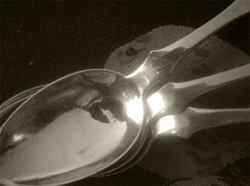


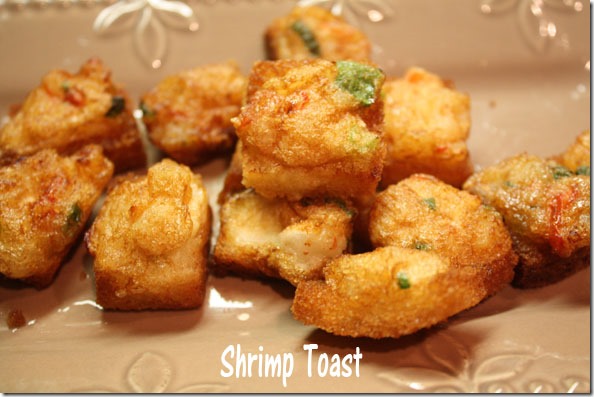
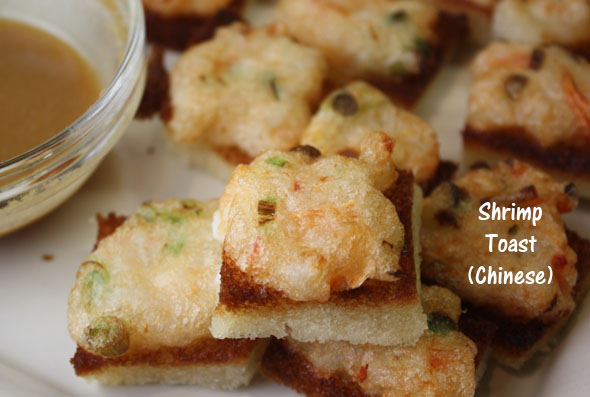
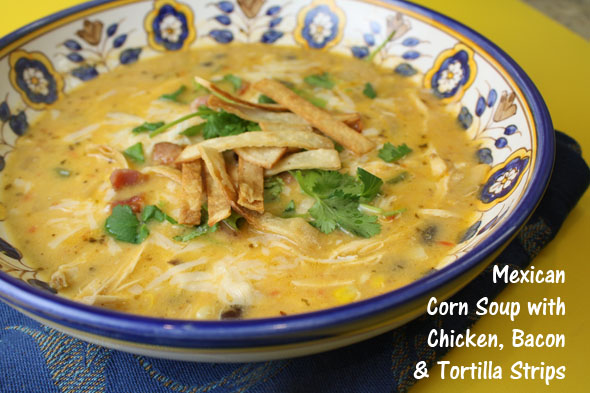
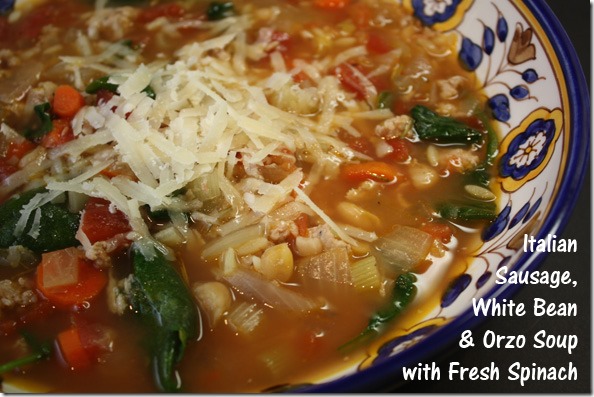

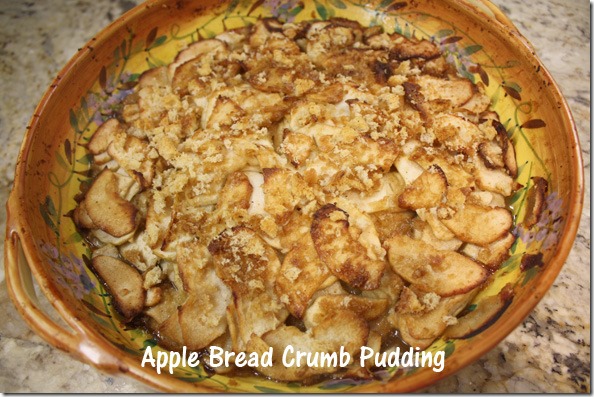
 We sat down for the lunch, and I explained to everyone about the history of
We sat down for the lunch, and I explained to everyone about the history of 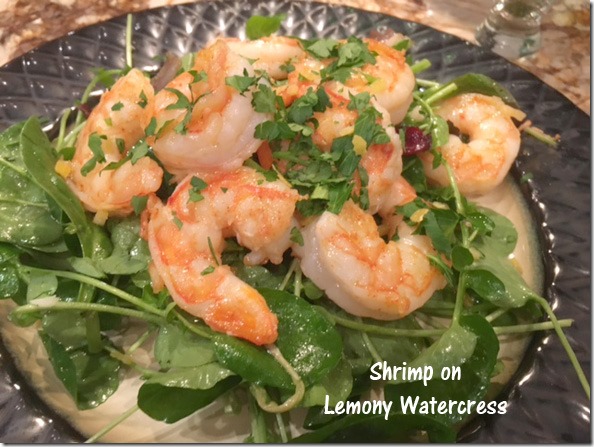

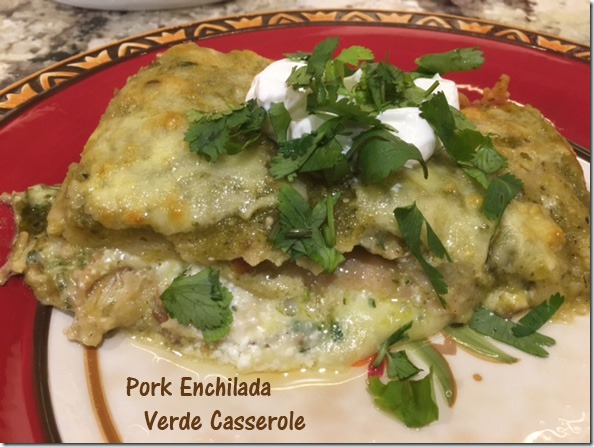
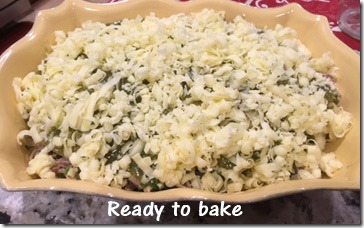
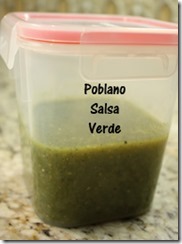

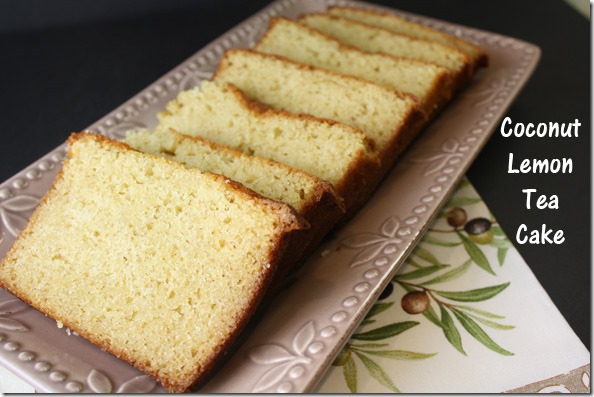


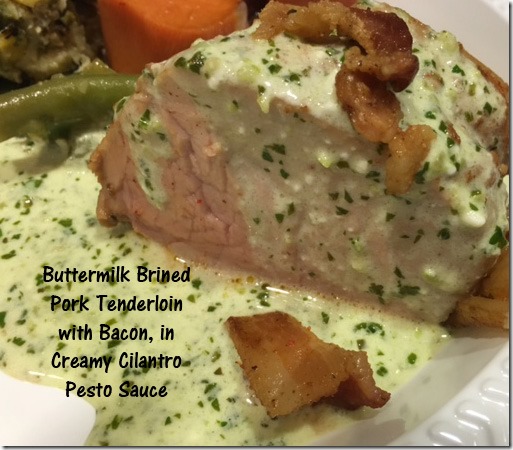
Leave a Comment!